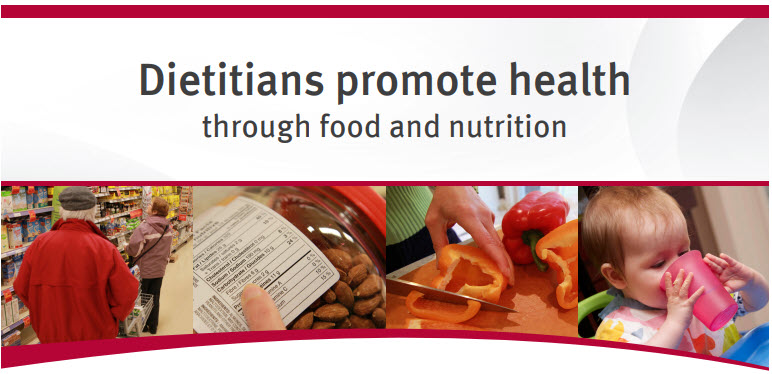 Canadians are more aware of their food choices, shopping smarter, and opting for better nutrition now more than ever before. Dietitians remain the most credible source of food and nutrition information and consumers seek accurate, practical advice to improve the way they eat and feel. This means that more employers are realizing the value that a trusted dietitian advisor can bring to a workplace.
Canadians are more aware of their food choices, shopping smarter, and opting for better nutrition now more than ever before. Dietitians remain the most credible source of food and nutrition information and consumers seek accurate, practical advice to improve the way they eat and feel. This means that more employers are realizing the value that a trusted dietitian advisor can bring to a workplace.
At n4nn we specialize in planning and delivering corporate wellness programs and offer virtual individualized nutrition counselling. Many employee benefit plans cover dietitian services. Check your plan today. If your benefits don’t cover dietitian services, connect with us for a factsheet you can share with your employer on the important advantages of dietitians’ services for yourself, your family and your business.
N4nn Dietitians have the skills and expertise to help you make informed food and nutrition choices for your own health and wellness and your food and nutrition business. Here are just some of the ways we work with our clients:
- Plan and deliver continuing education opportunities for professionals and consumers on food, nutrition and health
- Consult with marketing agencies, brand managers and foodservice associations
- Develop and promote food and nutrition products
- Support manufacturers in following regulations around food labeling, nutrition claims and food safety.
- Work with food and nutrition-related businesses providing expertise in product development, communications, marketing, consumer affairs and public relations.
- Create written content for blogs, social media, newspapers, magazines, websites and make TV appearances.
- Provide personalized nutrition counselling and medical nutrition therapy
We are Dietitians. Connect with us for trusted food and nutrition information to meet your personal and business needs and goals.
Written by Lucia Weiler, BSc, RD, PHEc – Award-winning dietitian and Co-Founder, n4nn
#NutritionMonth2023
 Image Source: Dietitians of Canada
Image Source: Dietitians of Canada



 L.Weiler, Canva
L.Weiler, Canva






